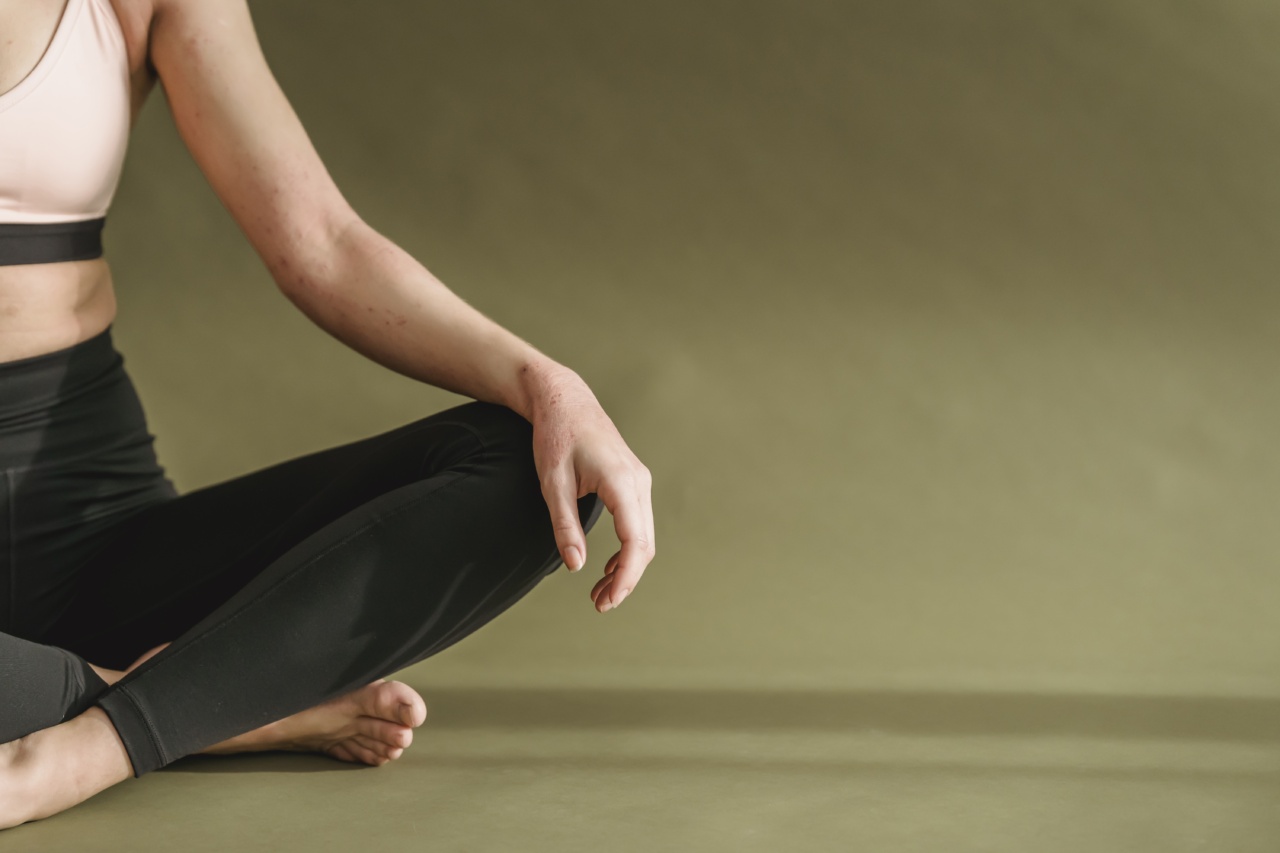Did you know that sitting with your legs crossed could cause more harm than good in the long run? Many of us have made it a habit to cross our legs while sitting, often without realizing the damage it could cause to our body in the long term.
An osteopath shares key insights on the impact of sitting with crossed legs.
Increased risk of varicose veins
When you cross your legs, it causes the veins in your legs to twist and can hinder proper blood flow which then increases pressure in your veins. This increased pressure may cause the development of varicose veins in the long term.
Varicose veins are swollen, twisted veins that can be seen under the skin. This may happen in men and women, and the risk increases with age.
Lower limb swelling and edema
Crossing your legs for prolonged periods could lead to swelling in the lower limb and edema (fluid build-up in the tissue). Since the veins in your legs are compressed, the blood cannot flow as it should.
This causes fluid to leak from the veins and redistribute around your lower legs, leading them to swell. If left unchecked, this could cause a lot of discomfort for you. To avoid this, keep your legs in a neutral position while sitting, or take breaks every hour, stretch your legs and walk around a bit.
Pelvic misalignment
As you cross your legs, especially for long hours, you tend to have a misalignment at your pelvic joints. Your pelvis gets out of its natural position, which leads to constant pressure on your lower back.
This may lead to problems like lower back pain, herniated discs, or spondylolisthesis over time.
Nerve compression
Crossing your legs put pressure on your peroneal nerve, causing sensations of numbness, tingling, and pain. This nerve runs close to the outer side of the knee and can get compressed at this point, which then affects the respective foot.
This would be common where the foot becomes “dead” or numb, and you lose sensation in it. Over time, nerve compression could cause permanent damage, making it essential to avoid leg-crossing for extended periods.
Digestive issues
While crossing your legs might seem like a comfortable and natural position to sit in, it may lead to digestive issues.
This is because sitting in this position puts your digestive system under strain, compresses abdominal contents, and hinders the normal flow of digestive juices and enzymes. Over time, this may contribute to abdominal discomfort, indigestion, acid reflux, and other digestive issues.
Neck and shoulder pain
Aside from lower back pain caused by pelvic misalignment, crossing your legs may also cause neck and shoulder pain. As you cross your legs, you may rotate your hip, which could then misalign your spine, leading to incorrect posture.
This might then trigger issues such as neck and shoulder pain, especially if you slouch over time.
Headaches
When sitting with your legs crossed, improper posture may lead to tension headaches. This can result from less blood and oxygen being able to reach your brain due to improper blood flow and posture.
For some individuals, crossing your legs can elevate your blood pressure and lead to these tension headaches.
Altered gait and balance
As you cross your legs, it changes your gait and balance, causing your posture to shift. This shift then affects your leg muscles, leading to a few problems in the long run.
For instance, it may cause some muscles in the hips and legs to tighten, leading to problems such as hip pain or IT band syndrome.
Skin damage
Continuously crossing your legs could lead to skin damage in the lower leg area such as broken capillaries, rashes, and potentially varicose veins over time.
This damage happens due to the pressure placed on your lower leg area, leading to weakened and damaged skin.
Impact on cardiovascular health
While sitting with your legs crossed for a short time may be harmless, crossing your legs for long hours may have adverse impacts on your cardiovascular health. It may lead to heart strain, elevated blood pressure, and other related issues.
Conclusion
Various factors contribute to the negative impact of leg-crossing while sitting.
While crossing your legs occasionally may be harmless, prolonged hours spent in this position could lead to various health issues, impacting your long-term health and put strain on your body. To maintain good health, it is best to avoid crossing your legs while sitting, especially for prolonged periods. If you have to sit in one position for hours, take breaks and stretch your legs, walk around, or shift your weight from one foot to another.
Talk to an osteopath or medical professional for guidance on how best to maintain good posture and avoid the health issues associated with crossed legs.





























